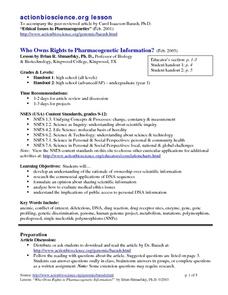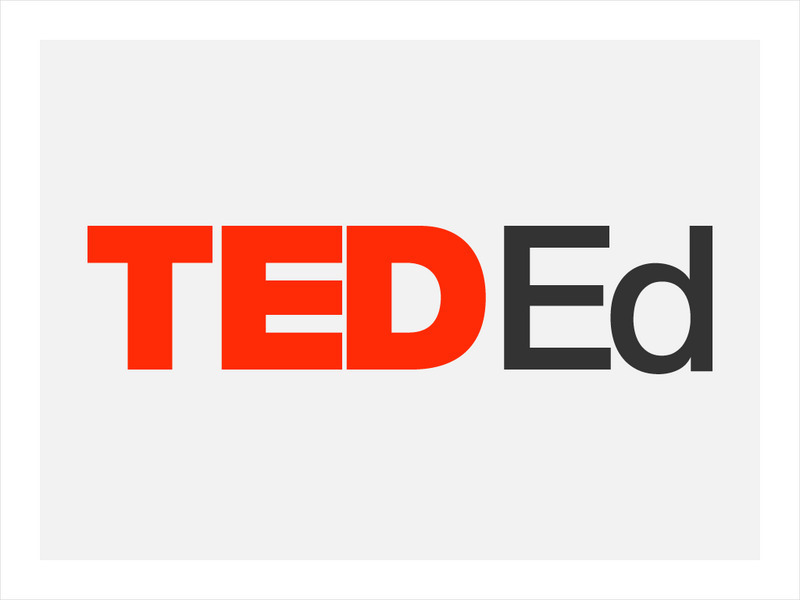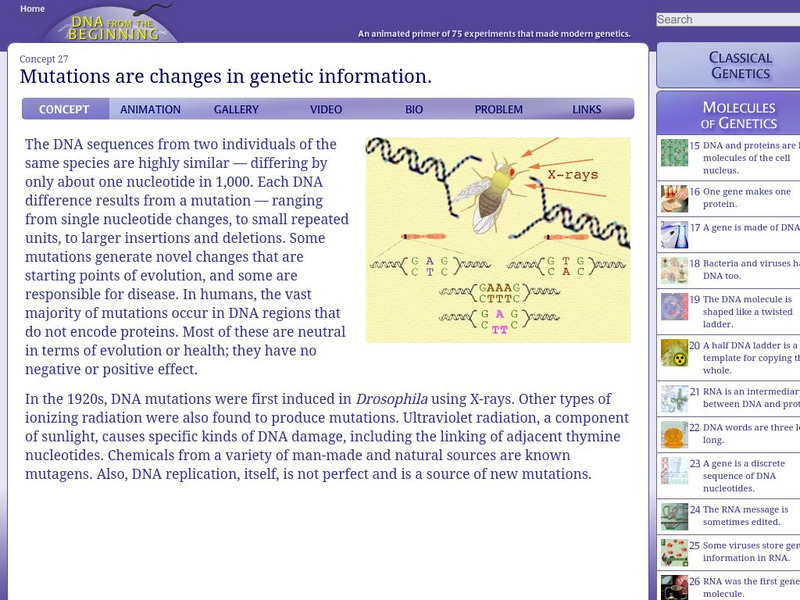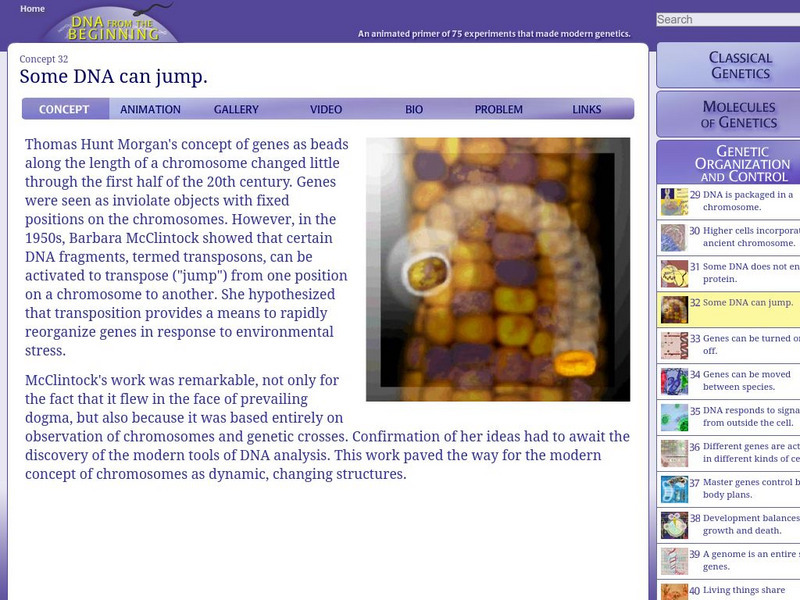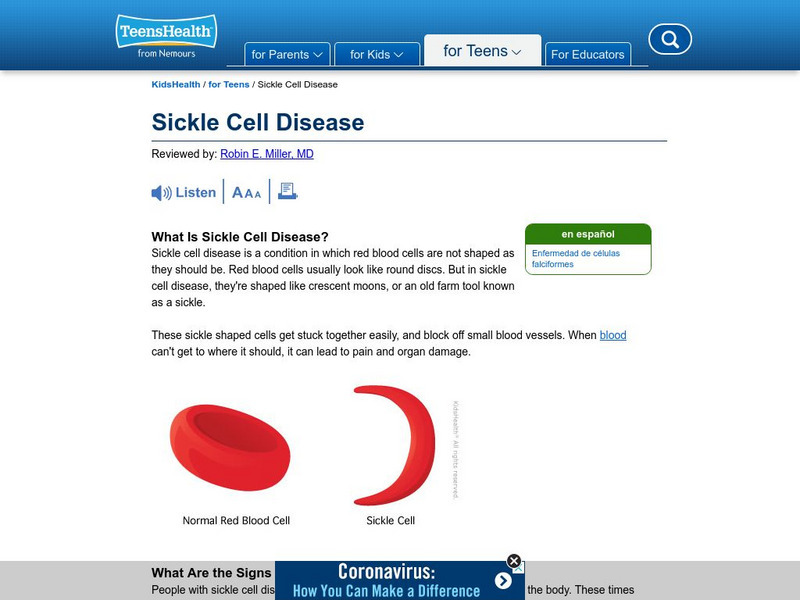Curated OER
Sun and Skin
Students work in small groups researching different aspects of the sun and skin. The groups summarize and answer questions about the material in a presentation to the class.
Curated OER
The Cell Cycle
In this biology learning exercise, students label 9 diagrams with the correct names. They also write short answers to 6 questions that follow.
Curated OER
Mammals: Mammals and Their Ways
Students study the difference between innate and learned behaviors. They observe the adaptations and behaviors of mammals in this series of lessons.
Curated OER
Turkeys in the Cell--The Meiosis Square Dance
Students identify synapsis as the key event in meiosis. They explain how synapsis leads to the formation of haploid gametes. Exploration of the differences between the processes of mitosis and meiosis occur. In accordance, explanations...
Curated OER
Lesson 10: Karyotypes
Students predict traits of future offspring. In this biology instructional activity, students study karyotyping to predict genetic disorders. They research an assigned karyotype and present information about it.
Curated OER
Seabird Survival Adaptation Card Game
Students study seabirds and how they have adapted to their environments. In this activity based lesson students will play a card game that will allow them to have a better understanding of seabirds and their adaptations.
Curated OER
Karyotype Puzzle
Students identify chromosome pairs based upon band patterns and location of centromere. They order chromosome pairs based upon size. Students differentiate normal karyotypes from abnormal karyotypes. They correctly record karyotype...
Curated OER
Chromosomes
Students explore genetics, chromosomes and DNA. In this genetics lesson students design a chromosome and identify a family tree through genetics.
Curated OER
Whale Adaptations
Students explore whales and how they have adapted to survive in the ocean. For this whale adaptations lesson students complete several activities that allow them to investigate animal adaptations.
Curated OER
Cancer Risks
High schoolersbrainstorm ideas about Cancer and its couses. They read an article which describes communities in the United States that have been affected by high rates of cancer and information which describes hereditary factors that...
Curated OER
Who Owns Rights to Pharmacogenetic Information?
Students develop an understanding of the rationale of ownership over scientific information. They research commercial applications of DNA sequences. They analyze how to evaluate medical ethics issues.
Curated OER
Cancer as a Multistep Process
Students analyze the causes of cancer from a genetic standpoint. They explain the increase in cancer with age and create a hypothesis for cancer development. They use the laws of probability as well.
Curated OER
Biology Assignment on Sex determination
Young scholars use this activity prior to the introduction of materials on Genetics. They read the article "Becoming a Male, Becoming a Female" in the publication From Egg to Adult. Students then complete the assignment in order to...
TED Talks
Ted: Ted Ed: Where Do Genes Come From?
When life emerged on Earth about 4 billion years ago, the earliest microbes had a set of basic genes that succeeded in keeping them alive. In the age of humans and other large organisms, there are a lot more genes to go around. Where did...
The Association of the British Pharmaceutical Industry
Abpi: Genes and Inheritance
A complete, student-paced lesson on genetics and inheritance. Students work their way through illustrations and animated tutorials, and answer review questions along the way. There is a self-checking quiz at the end of the lesson.
Cold Spring Harbor Laboratory
Dna From the Beginning: Mutations Are Changes in Genetic Information
This article explains how and why mutations are so important to genetics.
PBS
Pbs Learning Media: Molecular Clocks: Proteins That Evolve at Different Rates
In this graphic and article from "The Human Evolution Coloring Book" by Adrienne Zihlman, four different proteins from humans and horses are compared and the reasons each protein evolves at its own characteristic rate are discussed.
BiologyWise
Biology Wise: Facts About Human Chromosomes
Presents information about human chromosomes, their structure, and genetic disorders that can result from mutations.
Cold Spring Harbor Laboratory
Dna From the Beginning: Some Dna Can Jump
This article contains information on how DNA is repaired to prevent mutated damage from interrupting DNA processes.
National Institute of Educational Technologies and Teacher Training (Spain)
Ministerio De Educacion: La Base De La Herencia 2 Bachillerato
This unit discusses the following topics: cloning, transgenic, gene therapy, genetic code, human genome and DNA replication. It contains 19 interactive activities.
National Institute of Educational Technologies and Teacher Training (Spain)
Ministerio De Educacion: Genetica Humana
This is a great unit on human genetics. It contains 17 interactive activities.
Curated OER
Kids Health: Sickle Cell Anemia
This article gives information about sickle cell anemia, a disease caused by mutations of the gene that forms red blood cells. Provided are answers to the following questions: "What Do Doctors Do?" and "What Can Teens Do to Stay Well?"
PBS
Pbs Learning Media: How to Conquer a Genetic Disease
In Blazing a Genetic Trail, by the Howard Hughes Medical Institute, follow this three-step approach to treating genetic diseases.
Other
University of Illinois: Population Genetics [Pdf]
This site from the University of Illinois at Chicago provides an in-depth article on Human Genetics, with a focus on primarily population genetics. The article is factual and informative full of charts, formulas, and extensive text. A...












